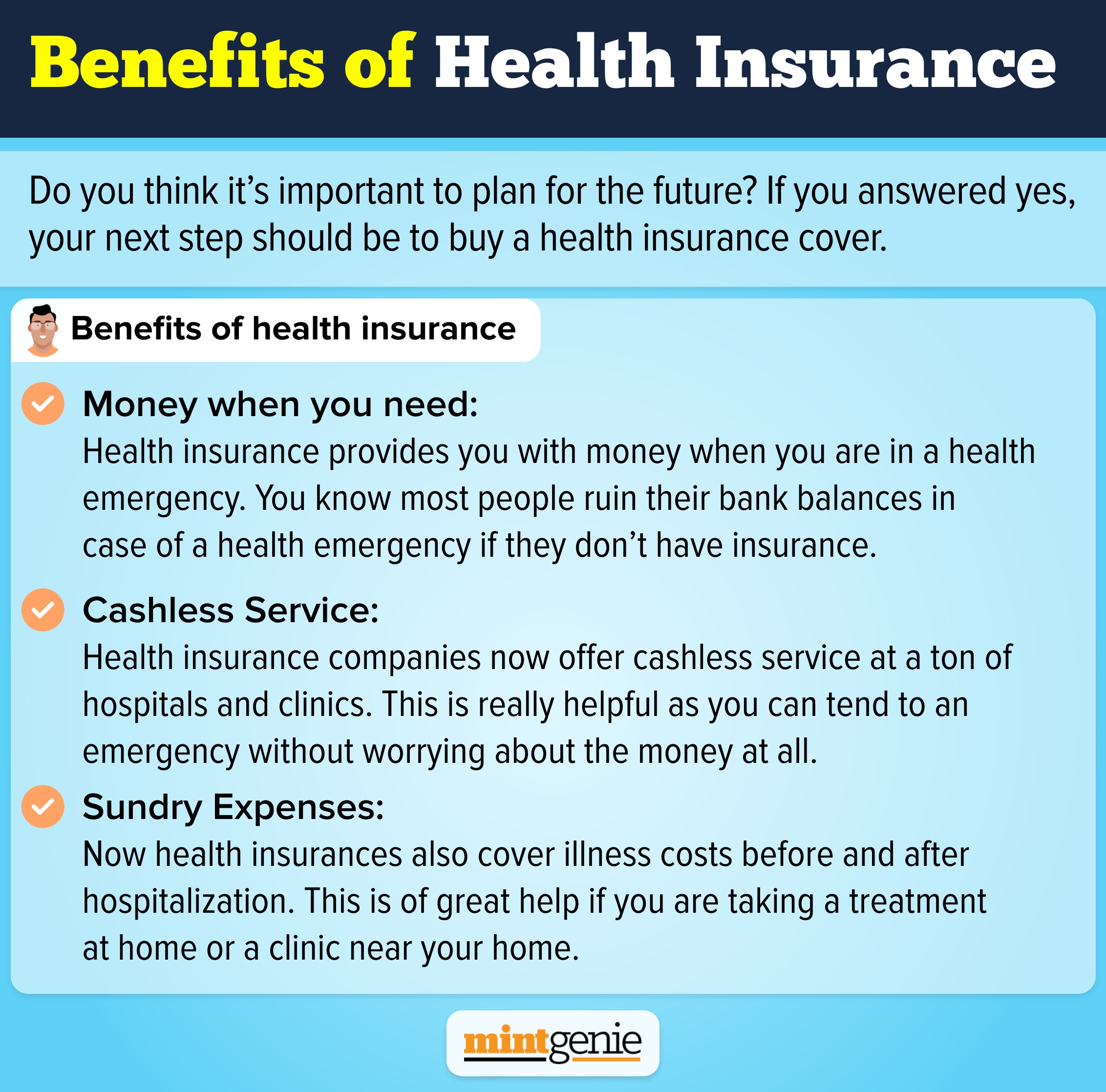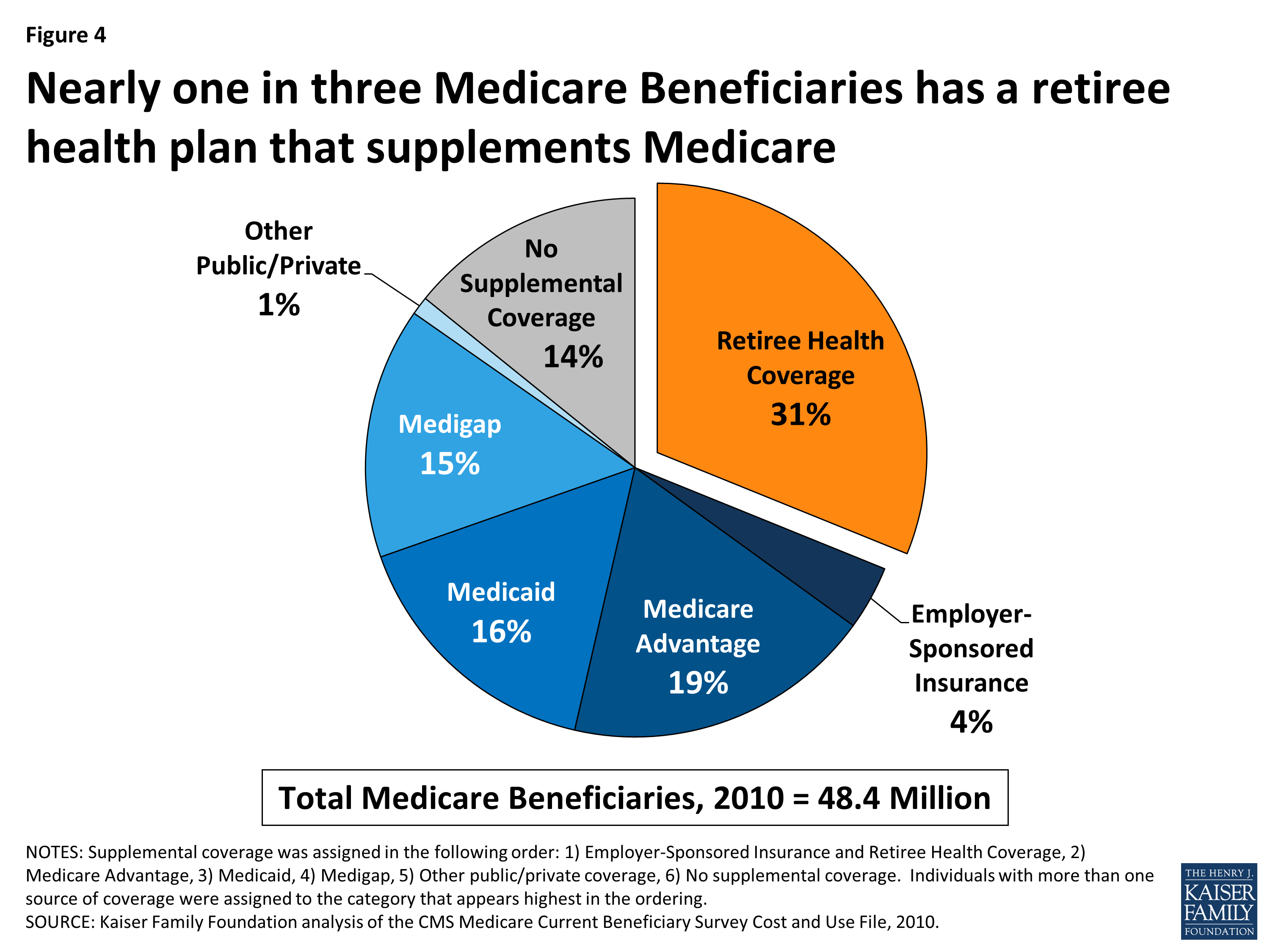4 Easy Facts About Medicare Advantage Agent Described
4 Easy Facts About Medicare Advantage Agent Described
Blog Article
The smart Trick of Medicare Advantage Agent That Nobody is Discussing
Table of ContentsThe Ultimate Guide To Medicare Advantage AgentA Biased View of Medicare Advantage AgentThe Of Medicare Advantage Agent

follows from confusing the puzzling young reasonably profile of account uninsured with without insurance better healthFar better health and wellness average, standard younger personsMore youthful For those without accessibility to work environment wellness insurance policy, poor health and wellness is a potential obstacle to purchasing nongroup protection since such coverage might be extremely priced, omit preexisting problems, or be just unavailable. Unless otherwise kept in mind, nationwide price quotes of people without wellness insurance and percentages of the population with different kinds of protection are based on the CPS, the most extensively used resource of estimates of insurance policy coverage and uninsurance rates.

All About Medicare Advantage Agent
The connection between health and wellness insurance and access to care is well established, as documented later in this phase. The relationship between health and wellness insurance and health end results is neither direct nor simple, a substantial medical and wellness services research study literary works web links health insurance coverage
to improved enhanced accessibility care, better much betterHigh quality and improved boosted and population health health and wellness. The second record, on personal health end results for without insurance grownups, is stood for by the inner circle of the figure, while the 3rd report, on family wellness, encompasses the subjects of the 2nd record but highlights a various system of evaluation, particularly, the family.
In addition, it focuses especially on those without any type of medical insurance for any size of time. The troubles encountered by the underinsured remain in some respects similar to those encountered by the without insurance, although they are usually less extreme. Uninsurance and underinsurance, however, involve distinctly various plan issues, and the techniques for addressing them may differ. Throughout this study and the 5 reports to adhere to, the main focus gets on individuals without any health insurance coverage and thus no help in spending for healthcare beyond what is available via charity and safety and security net organizations. Medical insurance is an effective factor impacting receipt of treatment due to the fact that both patients and doctors react to the out-of-pocket price of solutions. Health insurance coverage, however, is neither required neither enough to get to medical solutions. Nevertheless, the independent and direct effect of health and wellness
insurance policy coverage on access to wellness solutions is well developed. Others will get the wellness care they need even without medical insurance, by paying for it expense or seeking it from providers that use care totally free or at highly subsidized prices. For still others, wellness insurance coverage alone does not make certain invoice of care due to other nonfinancial barriers, such as a lack of healthcare suppliers in their area, limited accessibility to transportation, illiteracy, or linguistic and social differences. Official study regarding over at this website uninsured populations in the USA dates to the late 1920s and early 1930s when the Board on the Price of browse around this site Medical Care produced a series of reports about financing medical professional workplace gos to and hospitalizations. This problem came to be salient as the varieties of medically indigent climbed up throughout the Great Depression. Empirical research studies consistently sustain the web link between accessibility to care and improved wellness results(Bindman et al., 1995; Starfield, 1995 ). Having a routine resource of treatment can be taken into consideration a forecaster of access, instead of a direct measure of it, when wellness results are themselves used as access indications. This expansion of the concept of access measurement was made by the IOM Committee on Monitoring Gain Access To to Personal Healthcare Services(Millman, 1993, p. Whether or not moms and dads are guaranteed shows up to impact whether or not their youngsters get treatment in addition to just how much careeven if the kids themselves have protection(Hanson, 1998). The wellness of moms and dads can influence their ability to care for their kids and the level of family members stress and anxiety. Stressing over their kids's access to care is itself a resource of tension for parents. Three phases follow in this record. Chapter 2 provides a review of how employment-based medical insurance, public programs and individual insurance plan operate view it and interact to give comprehensive but incomplete coverage of the U.S. populace. This consists of a testimonial of historical trends and public laws impacting both public and exclusive insurance policy, a conversation of the interactions amongst the different kinds of insurance coverage, and an evaluation of why individuals relocate from one program to an additional or finish up

Report this page